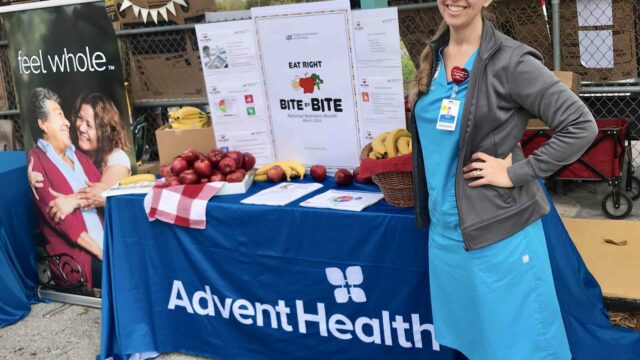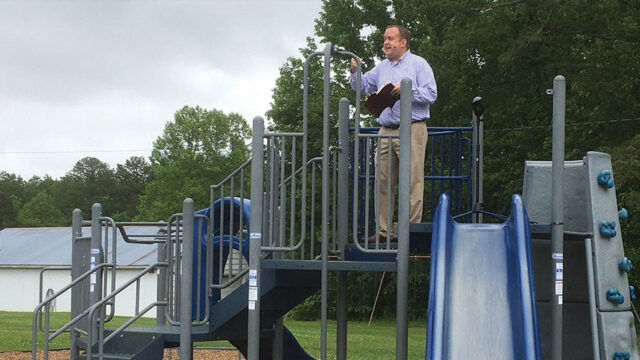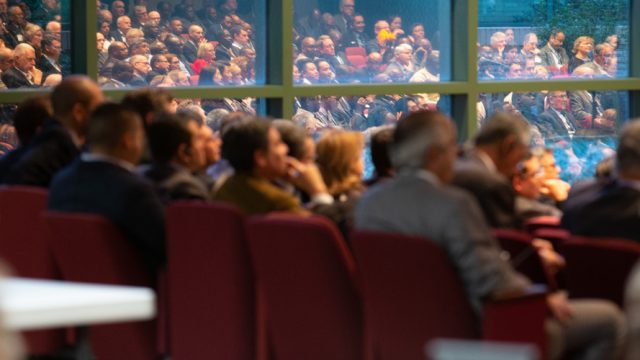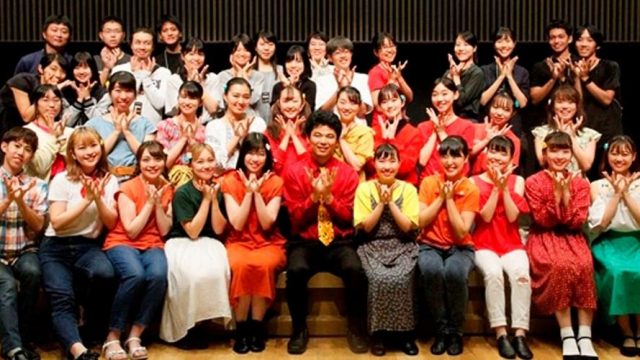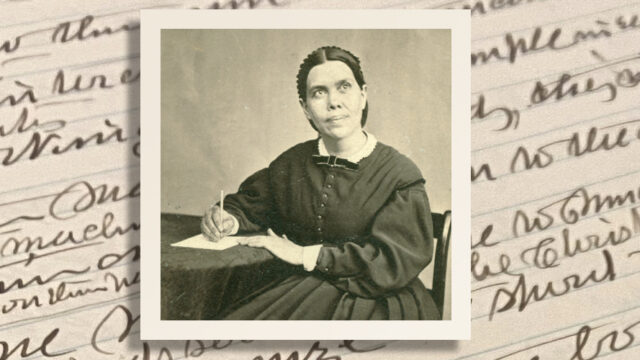Doctoring during the time of the Spanish flu
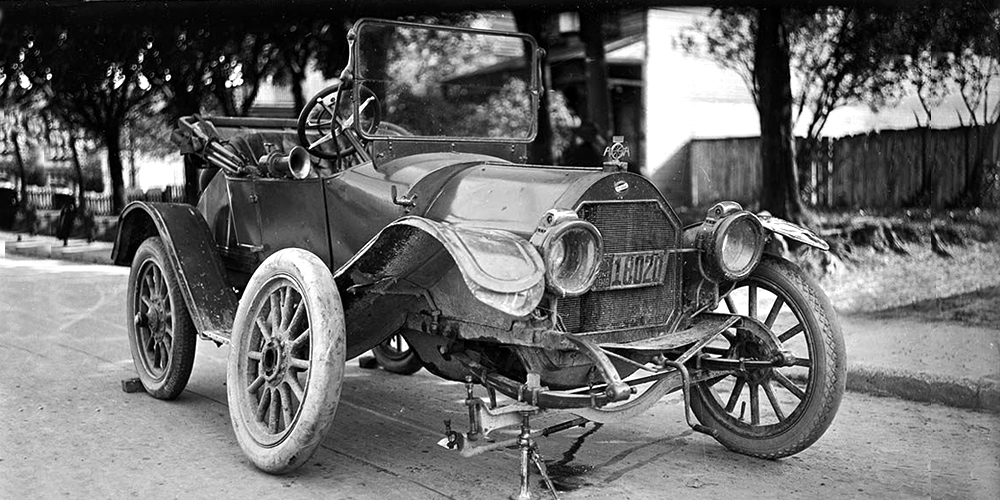
My grandfather Pitt Wade was a Seventh-day Adventist physician who practiced medicine in Cañon City, Colorado, from 1898 to 1942. The following is taken from a letter written by Grandmother Alice Zener Wade to her family on January 27, 1919.
I had a ride the other day. Last Friday Pitt had to go up in the mts. to see a man with flu and pneumonia. He began to plan to go before noon so I began to get ready to go along, but it was 3:30 when we finally left town. You remember, Mary, McKenzie’s new house where we stayed all night in Hardscrabble Canyon.
Hardscrabble Canyon is a place of exceptional beauty at the edge of the San Isabel National Forest.
Well, it was 4 or 5 miles beyond that. We struck snow 5 miles or more this side of McKenzies & it was hard going through & what with the two punctures & getting finally hopelessly stalled in a snow bank, we were until one o’clock getting back home.
In 1919, automobile tires were improving, but they still relatively fragile. They were made of natural rubber and reinforced with cotton thread. Frequent “punctures” were expected.
Our punctures came early in the game, before dark, while we were floundering through dobe mud.
“Dobe”: pronounced doh-bee. This is a local term for “adobe,” a thick clay.
It seemed quite a catastrophe when we discovered the first puncture & moved ourselves to get out & get it fixed.
This may have involved changing the tire, but in those days it was common to remove the wheel and pull out the innertube. After patching the tube and reassembling the tire, you would put it back on the car and air it up with a hand pump. Since she says “get it fixed,” it appears that this is what was involved.
Then we started on and didn’t go right & discovered the other back tire was down. So there was nothing for it but to get out again. I wanted to laugh, but I felt that Pitt’s mood would not exactly appreciate a mirthful view of the situation so I restrained myself & smiled quietly until an old man came along whom we had passed perhaps an hour or more before & then he had passed us while we were engaged with the first puncture, then we sailed past him again & now he came plodding along, and as he went past he slapped his horses into a run, presumably to hide his ill-concealed amusement, for he was in my predicament and his face was wreathed in broad smiles, so then I laughed & so did Pitt.
This tells us something about the spirit of the people. They are in an open car, surrounded by mud and snow. While Pitt works on fixing the second flat tire, the old man passes them for the second time with his team of horses. Then Alice’s cheerful spirit infects even her husband, and he laughs too.
When we got to our destination, we found 5 people in a one-roomed house all down with the flu.
January 1919 saw the third wave of the terrible “Spanish flu” pandemic that infected approximately one third of the world population and by some estimates caused about 50 million deaths. This case, with five people afflicted in a tiny house, was truly a tragedy.
I had to go in because I was so cold, but I didn’t get the flu yet. So I guess Mayo’s serum is all right.
“Mayo’s serum”: experimental treatment advocated by the Mayo Clinic and others, involved injecting patients with “convalescent blood products,” serum from recovered patients. Two studies involving 1,703 patients showed a case-fatality rate of 16 percent (54 of 336) among treated patients and 37 percent (452 of 1,219) among controls.*
The serum was generally recommended for people who were already infected with the disease, but in other letters, Alice tells her family that Pitt had the idea of using it for prevention. He injected himself and Alice and their three children with the serum, and none of them became ill in spite of considerable exposure.
At 8:30 we went up to this man’s brother’s cabin above for some supper. Two brothers baich [bach] together there [two bachelors living together] and they offered us pork & coffee & bread. I had carried along some sandwiches & celery, so we made out a meal & started home about 10. I had telephoned the children from Wetmore at 6 o’clock that we wouldn’t get home till 10 or 11, so they went to bed and were all asleep when we got home.
Among other things, this letter is a testimony to the fact that doctors in those days not only made house calls but sometimes traveled considerable distances to care for sick people in their homes. In this case, they drove 25 miles each way through mud and snow. It took them four hours to get there and three to return.
Medicine is vastly different today. Doctors do not usually make house calls now, but I see the same spirit in health-care workers who are accepting great personal risk as they minister with love and compassion to the victims of this latest pandemic. They deserve our gratitude and our prayers.
* See Annals of Internal Medicine 145 (2006), pp. 599-609.


